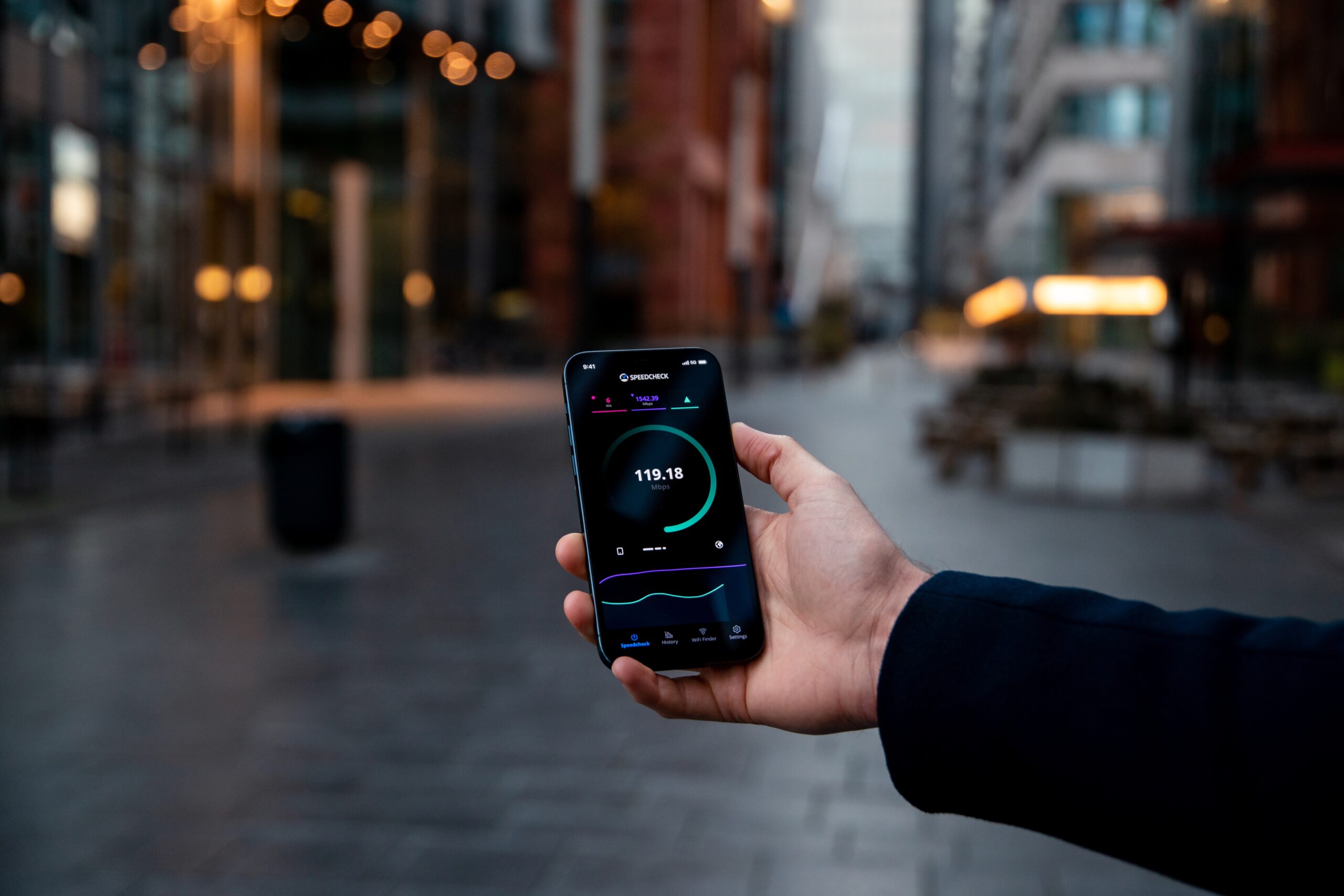The world is facing an unprecedented energy crisis. With the growing global population and rapid industrialization, the demand for energy is skyrocketing. However, the resources required to meet this demand are finite and often detrimental to the environment. As a result, there is an urgent need to find innovative solutions for energy management and conservation. Fortunately, the Internet of Things (IoT) has emerged as a transformative technology that can revolutionize the way we optimize energy consumption. In this article, we will explore the potential of IoT in energy management and conservation, highlighting its benefits and providing real-world examples.
Understanding IoT in Energy Management

The Internet of Things refers to the network of interconnected devices embedded with sensors, software, and other technologies that enable them to collect and exchange data. In the context of energy management, IoT devices can monitor and control energy usage in real-time, allowing for more efficient and sustainable practices. These devices can be installed in homes, offices, factories, and even within the energy infrastructure itself.
Smart Grids: The Backbone of IoT Energy Management
Smart grids play a crucial role in enabling effective energy management with IoT. By integrating IoT devices and advanced analytics, smart grids empower utility companies and consumers to make informed decisions about energy usage. These grids utilize sensors and smart meters to gather data on energy consumption patterns, voltage levels, and grid performance. This data is then analyzed to identify areas of improvement and optimize energy distribution.
Smart Homes: Empowering Consumers

One of the most significant impacts of IoT on energy management is the concept of smart homes. IoT devices can be integrated into various aspects of a home, such as lighting, heating, cooling, and appliances. These devices communicate with each other and the homeowner through a central hub, providing real-time data and control over energy usage. For instance, smart thermostats can learn household patterns and adjust temperature settings accordingly, leading to substantial energy savings. Similarly, smart lighting systems can automatically turn off lights in unoccupied rooms, reducing unnecessary energy consumption.
Industrial IoT: Enhancing Efficiency
The industrial sector is a major consumer of energy, and optimizing energy usage is critical for cost savings and sustainability. Industrial IoT (IIoT) enables real-time monitoring and control of energy-intensive processes, allowing for precise energy management. By connecting machines, equipment, and sensors, IIoT systems can collect data on energy consumption, equipment performance, and maintenance requirements. This data can be used to identify inefficiencies, schedule maintenance, and adjust operational parameters to maximize energy efficiency.
Energy Monitoring and Analytics

IoT devices generate a vast amount of data related to energy consumption, and analyzing this data is essential for effective energy management. Advanced analytics platforms can process this data, providing actionable insights and identifying opportunities for energy conservation. For example, anomaly detection algorithms can identify deviations from normal energy consumption patterns, indicating potential energy wastage or equipment malfunctions. Additionally, predictive analytics can forecast energy demand, helping utility companies optimize energy generation and distribution.
Demand Response and Energy Conservation
IoT enables demand response programs, which involve adjusting energy consumption based on supply and demand conditions. During periods of high demand or limited supply, IoT devices can automatically reduce energy consumption or shift it to non-peak hours. This helps prevent grid overload and reduces the need for additional power plants. Furthermore, IoT devices can educate consumers about their energy usage habits, empowering them to make conscious decisions and actively participate in energy conservation efforts.
Real-World Examples
Numerous real-world applications demonstrate the effectiveness of IoT in energy management and conservation. For instance, Enel, an Italian utility company, implemented an IoT-based smart metering system that allows customers to monitor their energy usage in real-time. This led to a 15% reduction in energy consumption among participants. In another example, Siemens utilized IoT sensors and analytics to optimize the energy consumption of its headquarters, resulting in energy savings of over 20%.
Conclusion
The Internet of Things has opened up new horizons in energy management and conservation. By leveraging IoT devices, smart grids, and advanced analytics, we can transform the way we consume, distribute, and conserve energy. From smart homes to industrial processes, IoT empowers us to make intelligent decisions that reduce waste, increase efficiency, and promote sustainability. As we embrace this technology, it is crucial to prioritize data security and privacy to ensure a seamless and secure transition towards a more energy-efficient future.
FAQs
Q: How does IoT contribute to energy management and conservation?
A: IoT enables real-time monitoring of energy consumption, identifies inefficiencies, and optimizes energy usage through automation and data analytics, resulting in improved energy management and conservation.
Q: What are some common IoT applications in energy management?
A: IoT applications include smart grids for efficient energy distribution, energy monitoring systems for residential and commercial buildings, and demand response systems that empower consumers to manage their energy usage effectively.
Q: How can IoT help in reducing energy waste and lowering costs?
A: By providing real-time data and insights, IoT allows for informed decision-making to identify energy waste, implement energy-saving measures, and optimize energy usage, resulting in reduced energy waste and cost savings.
Q: What are the benefits of data-driven energy management?
A: Data-driven energy management allows for better visibility and understanding of energy consumption patterns, enables proactive energy-saving measures, and facilitates continuous monitoring and optimization for enhanced efficiency and sustainability.
Q: What are the potential challenges and considerations when implementing IoT in energy management?
A: Challenges include ensuring data security and privacy, addressing interoperability issues among various IoT devices, and managing the complexity of integrating IoT solutions into existing energy infrastructure. It is important to carefully plan and implement IoT solutions while considering scalability, compatibility, and regulatory compliance.

